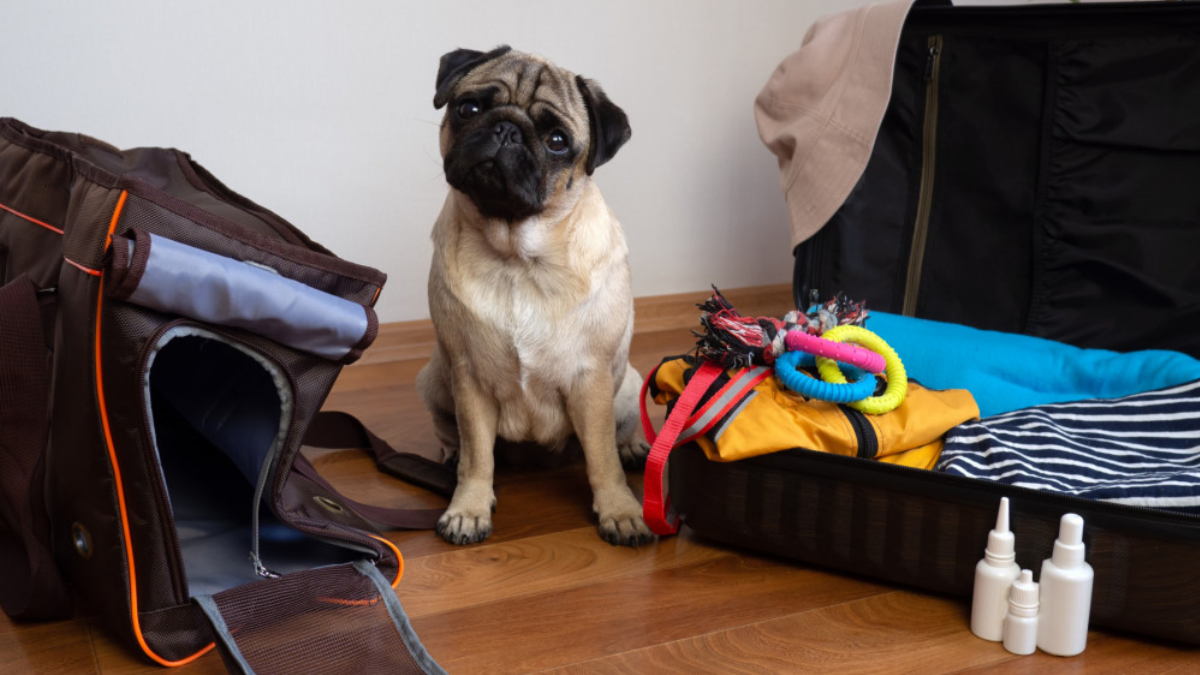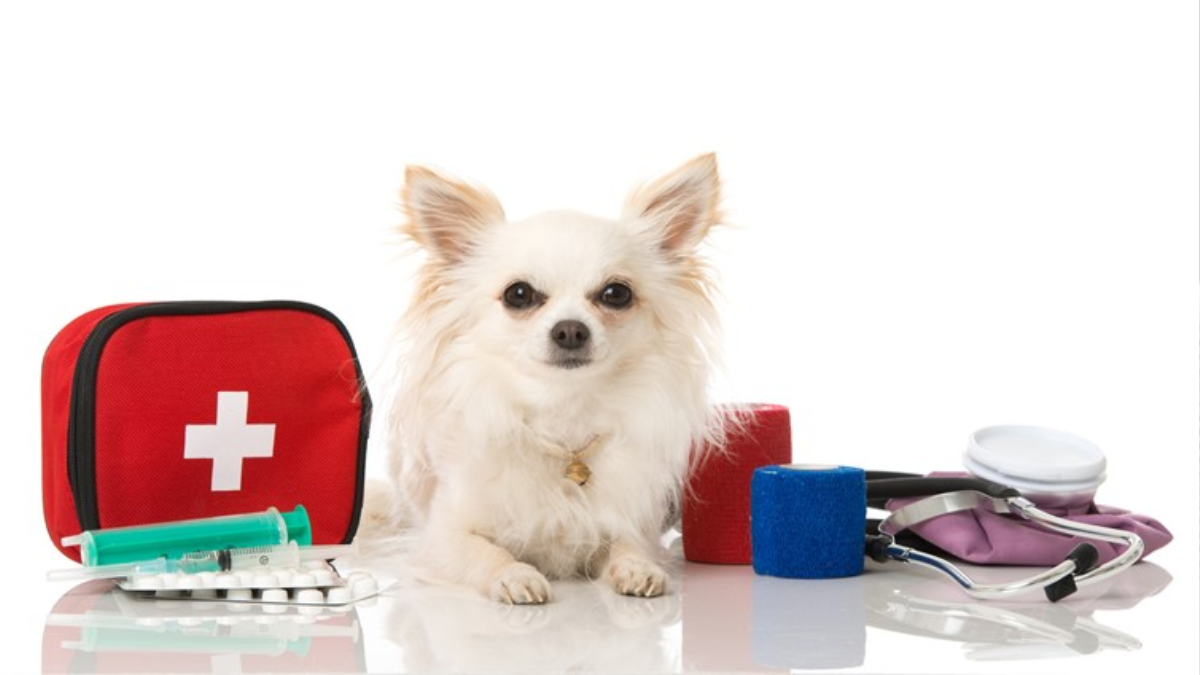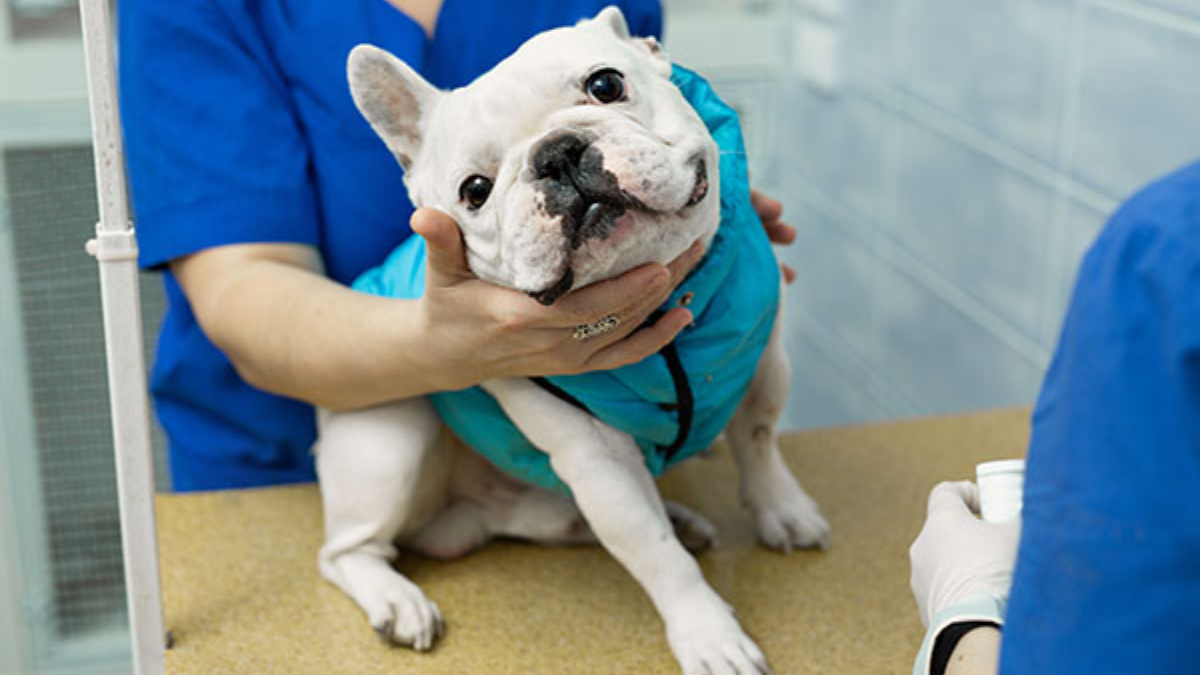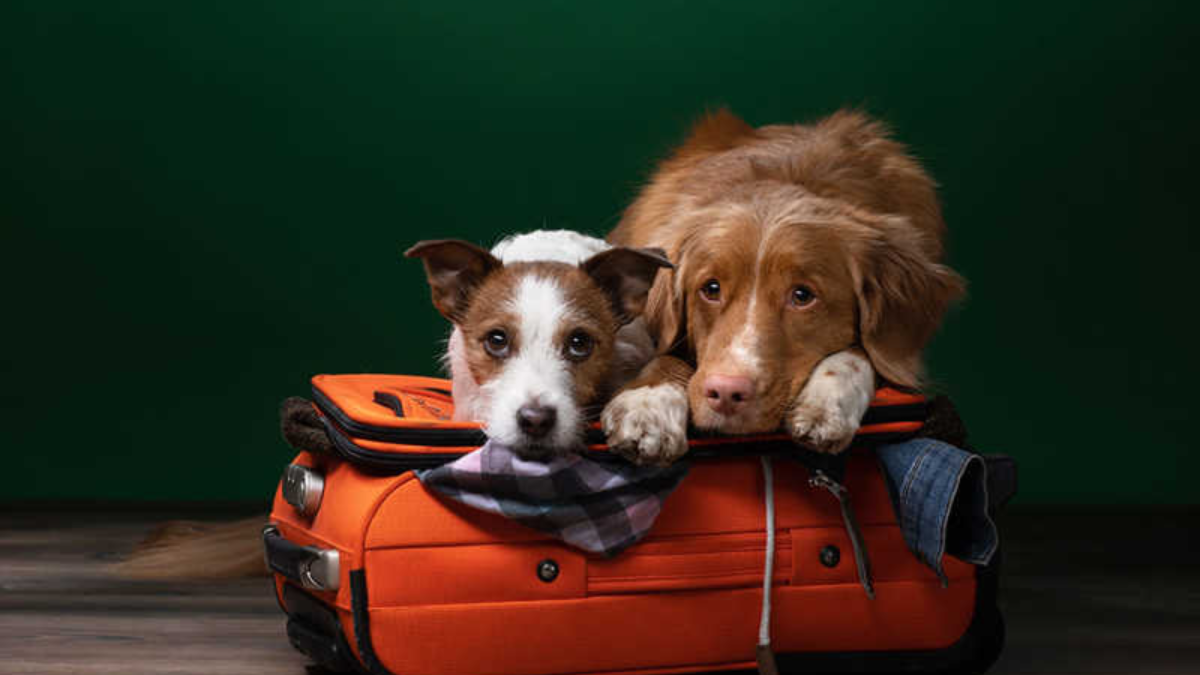Pet owners know that their furry friends are more than just animals; they are members of the family. As such, it is important to ensure their safety and well-being in the event of an emergency or disaster. How to create a pet emergency plan? Creating a pet emergency plan is crucial to being prepared for unexpected situations that may arise.

A pet emergency plan should include steps to take before, during, and after a disaster. Before a disaster, pet owners should identify potential hazards in their area and create a plan for evacuation in case of an emergency. This plan should include a designated meeting place, a list of important phone numbers, and a kit of essential supplies for both the pet and owner. During a disaster, it is important to follow the evacuation plan and ensure the safety of both the pet and the owner. After a disaster, pet owners should assess any injuries or damage to the pet and seek medical attention if necessary. By having a pet emergency plan in place, pet owners can ensure the safety and well-being of their furry family members.
Understanding Pet Emergency Needs
Identifying Your Pet's Essentials
When creating a pet emergency plan, it is crucial to identify your pet's essentials. This includes food, water, medications, and basic first aid supplies. It is recommended to keep a three-day supply of these essentials in a waterproof container.
Additionally, it's important to have your pet's identification information up-to-date and easily accessible. This includes microchip information, collar tags, and a recent photo of your pet.
Recognizing Common Pet Emergencies
There are several common pet emergencies that pet owners should be aware of. These include:
- Choking or difficulty breathing
- Seizures
- Poisoning
- Heat stroke or hypothermia
- Broken bones or severe injuries
If you suspect your pet is experiencing any of these emergencies, it's important to seek veterinary care immediately.

Understanding your pet's essentials and recognizing common pet emergencies is key in creating a pet emergency plan. By being prepared, pet owners can ensure the safety and well-being of their beloved furry friends in times of disaster.
Creating Your Pet Emergency Kit
Having a well-stocked pet emergency kit is essential to ensure your furry friends are taken care of during a disaster. Here are some items to include in your kit:
Food and Water Supplies
Make sure to pack enough food and water to last your pets for at least three days. Store dry food in airtight containers and rotate it every three months. Canned food is also a good option, but make sure to pack a can opener. Don't forget to pack a manual or battery-operated water pump, water purification tablets, and collapsible bowls.
First Aid Items
In case of an injury or illness, it's important to have a first aid kit for your pets. Pack items such as gauze, adhesive tape, antiseptic wipes, hydrogen peroxide, and tweezers. Include any medications your pets may need, along with instructions for administering them. It's also a good idea to include the phone number and address of your veterinarian.

Sanitation and Comfort
Your pets will need a comfortable and clean space to rest in during a disaster. Pack items such as blankets, towels, and a pet bed. Include a litter box for cats and poop bags for dogs. Don't forget to pack cleaning supplies such as disinfectant wipes and garbage bags.
By creating a well-stocked pet emergency kit, you can ensure that your pets are taken care of during a disaster. Keep the kit in an easily accessible location and make sure all family members know where it is. Remember to check and update the kit regularly to ensure that all items are still in good condition.
Developing an Evacuation Plan
When creating a pet emergency plan, it is important to develop an evacuation plan in case of a disaster. This plan should include safe havens for pets, transportation methods, and practice drills.
Safe Havens for Pets
Identifying safe havens for pets is an important part of the evacuation plan. This includes finding pet-friendly hotels, boarding facilities, or friends and family members who are willing to take in pets during an emergency. It is important to have multiple options in case one becomes unavailable.
Transportation Methods
In the event of an emergency, it is important to have a plan for transporting pets. This includes having a carrier or leash for each pet, as well as a plan for transporting larger pets such as horses or livestock. It is also important to have a backup plan in case the primary mode of transportation becomes unavailable.
Practice Drills
Practice drills are an essential part of the evacuation plan. These drills should include practicing loading pets into carriers or vehicles, as well as practicing evacuation routes and emergency procedures. This will help ensure that everyone knows what to do in case of an emergency and can help reduce stress for both pets and owners.
By developing an evacuation plan that includes safe havens for pets, transportation methods, and practice drills, pet owners can be better prepared for disasters and emergencies.
Staying Informed

Emergency Alerts and Information
Staying informed during an emergency is crucial to ensure the safety of both you and your pets. Emergency alerts and information can be accessed through various sources, such as local news channels, radio stations, and emergency management agencies. It is important to have multiple ways to receive alerts, such as text messages, phone calls, and social media notifications, as some methods may not be available during an emergency.
There are also apps available that can provide real-time updates on emergencies and disasters in your area. The American Red Cross has a free mobile app that provides information on emergency alerts, shelter locations, and first aid tips. The FEMA app also provides similar information and allows users to upload photos of disaster damage to help emergency management officials assess the situation.
Local Pet-Friendly Resources
In the event of an emergency, it is important to know where to turn for help with your pets. Many emergency shelters do not allow pets, so it is important to identify pet-friendly shelters in advance. Local animal shelters, veterinary clinics, and pet stores may also provide information on pet-friendly accommodations during an emergency.

It is also important to have a list of local pet-related resources, such as animal hospitals and emergency veterinary clinics. Keep this list with your emergency kit, along with your pet's medical records and medications. This will ensure that you have all the information you need to care for your pet during an emergency.
By staying informed and having a plan in place, you can ensure the safety and well-being of your pets during an emergency.
Building a Support Network
When creating a pet emergency plan, it's important to build a support network that can help you in case of a disaster. This network should include people who can take care of your pets if you're unable to do so. Here are some ways to build a strong support network for your pets:
Neighborhood Pet Care Collaboration
One way to build a support network for your pets is to collaborate with your neighbors. You can create a neighborhood pet care collaboration where neighbors can help each other in case of an emergency. This collaboration can include sharing information about your pets, such as their names, breeds, and any medical conditions they may have. You can also create a schedule for pet care, so you know who will take care of your pets if you're not available.
Emergency Contacts List
Another way to build a support network for your pets is to create an emergency contacts list. This list should include the names and phone numbers of people who can take care of your pets in case of an emergency. You should also include the name and phone number of your veterinarian, in case your pets need medical attention. Make sure to keep this list updated and easily accessible, so you can quickly contact someone if you need help.
By building a strong support network for your pets, you can ensure that they'll be taken care of in case of a disaster. Collaborating with your neighbors and creating an emergency contacts list are just two ways to build a support network for your pets.
Special Considerations

Caring for Exotic Pets
When creating a pet emergency plan, it's important to consider the needs of exotic pets. These animals require specialized care and may have unique requirements in the event of a disaster. It's essential to research and understand the specific needs of your exotic pet to ensure their safety and well-being during an emergency.
Some important considerations for exotic pets include:
- Temperature control: Exotic pets may require specific temperature and humidity levels to survive. In the event of a power outage or evacuation, it's important to have a plan in place to maintain these conditions.
- Specialized diets: Many exotic pets have specific dietary needs that must be met to stay healthy. It's essential to have an adequate supply of their food and any necessary supplements on hand.
- Specialized equipment: Exotic pets may require specialized equipment, such as heat lamps or UV lights, to thrive. Be sure to have backup equipment and supplies on hand in case of an emergency.
Chronic Conditions and Medications
Pets with chronic conditions or requiring medication require special consideration when creating an emergency plan. It's important to have a plan in place to ensure that they receive the care and medication they need, even in the event of a disaster.
Some important considerations for pets with chronic conditions or requiring medication include:
- Adequate medication supply: Be sure to have a sufficient supply of medication on hand, including any necessary refills.
- Backup medication storage: Consider storing backup medication in a separate location, such as a waterproof container.
- Communication with veterinarians: Keep your veterinarian informed of your emergency plan and ensure that you have their contact information readily available.
- Specialized care: Pets with chronic conditions may require specialized care, such as regular monitoring or physical therapy. Be sure to include these needs in your emergency plan.

Documenting and Updating Your Plan
Creating a pet emergency plan is an important step in ensuring your pets' safety during disasters. However, it is equally important to document and update your plan regularly to ensure that it remains relevant and effective. Here are some tips on how to document and update your pet's emergency plan.
Vital Records and Documents
It is important to keep all vital records and documents related to your pets in a safe and easily accessible place. Some of the essential documents include vaccination records, medical history, and identification information. It is also recommended to keep a recent photo of your pets in case they get lost during an emergency.
One way to keep these records organized is to create a pet emergency kit that includes all the necessary documents and supplies. The kit should be easily accessible and ready to go in case of an emergency.
Regular Review and Rehearsals
A pet emergency plan is not a one-time task. It is important to review and update your plan regularly to ensure that it remains effective. Review your plan at least once a year or whenever there is a change in your pets' living situation or health status.
Rehearsing your plan with your pets is also important to ensure that they are familiar with the procedures and can respond appropriately during an emergency. Practice evacuating with your pets and make sure they are comfortable with their carriers or leashes.
By documenting and updating your pet emergency plan regularly, you can ensure that your pets are prepared for disasters and that you can act quickly to keep them safe.

Conclusion:
In conclusion, creating a pet emergency plan is an essential step in ensuring the safety and well-being of your furry companions during unexpected situations. "How to create a pet emergency plan?" is a critical question every pet owner should address to effectively prepare for various emergencies, including natural disasters, accidents, or sudden illness. Start by identifying potential risks in your area and developing a comprehensive plan that includes evacuation routes, emergency contacts, and a designated caregiver for your pets in case you're unable to care for them yourself.
Additionally, assemble a pet emergency kit with essentials such as food, water, medication, medical records, and comfort items. It's crucial to ensure your pets are properly identified with collars, tags, and microchips to facilitate their safe return if they become lost during an emergency. Regularly review and update your pet emergency plan to account for any changes in your circumstances or your pets' needs. By taking proactive steps to create a pet emergency plan, you can provide your beloved pets with the best possible care and protection in times of crisis.




